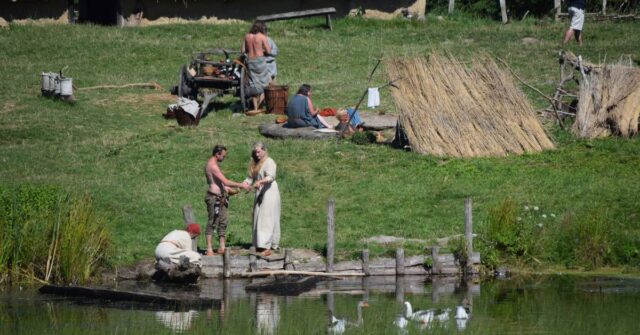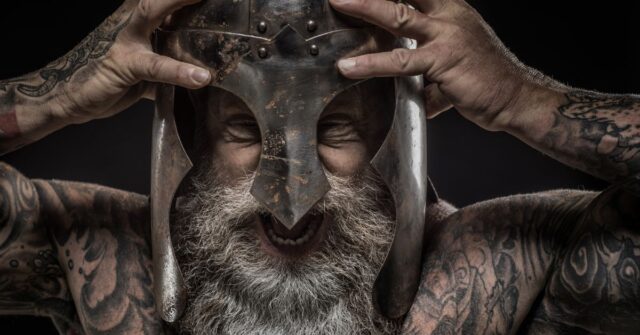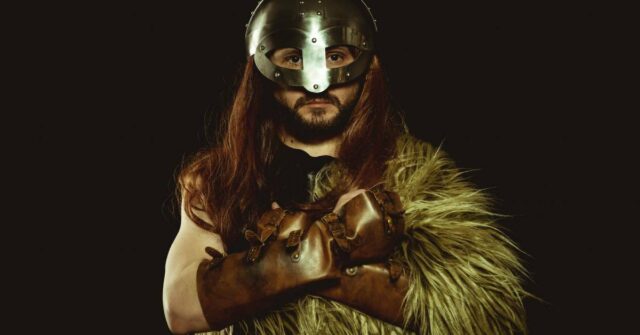The tales of the Vikings, with their mesmerizing narratives and intricate plots, have captured imaginations for centuries.
Rooted in history, folklore, and mythology, these stories not only unveil the past of the Norse people but also highlight the artistry and intelligence of their culture.
This article delves deep into the world of Viking storytellers, shedding light on their origins, significance, and enduring legacy.
Introduction: Unveiling the Norse Narratives
The Viking Age, spanning from the late eighth to the early 11th century, was marked by exploration, warfare, and cultural exchange. But beyond their fierce reputation as warriors, the Vikings were also sophisticated storytellers.
These narratives played a crucial role in preserving their history, traditions, and beliefs, serving as both entertainment and pedagogical tools.


The Origins of Viking Storytelling
Before written records, oral traditions were the primary means of preserving stories, legends, and myths.
The Vikings, too, depended heavily on these traditions, and their storytelling evolved over the centuries, influenced by both internal and external factors.
The Early Beginnings
The first stories from the Viking age were likely passed down orally from one generation to the next.
These early tales would have focused on daily life, struggles for survival, and encounters with the supernatural, laying the groundwork for more sophisticated narratives that would follow.
Oral Traditions and Eddic Poetry
Eddic poetry, derived from the Poetic Edda—a collection of Old Norse poems—played a significant role in Viking storytelling.
These poems, steeped in mythology and heroic deeds, were not only a source of entertainment but also an educational tool, teaching listeners about their gods, heroes, and the Viking worldview.
The Role of Norse Mythology
Norse mythology, with its pantheon of gods like Odin, Thor, and Freyja, and tales of otherworldly realms such as Asgard and Midgard, provided a rich tapestry for Viking stories.
These myths, intertwined with moral lessons and cosmic events, formed the backbone of many Viking narratives, making them captivating and meaningful.


The Purpose Behind Viking Tales
Viking stories weren’t merely tales of heroism and adventure; they held deeper meanings and served various societal functions.
Preservation of History and Ancestry
Storytelling allowed the Vikings to keep track of their lineage, record significant events, and honor their ancestors.
Through tales, generations learned about the feats, values, and struggles of those who came before them, ensuring the continuity of culture and history.
Religious and Moral Teachings
Many Viking tales were imbued with lessons about morality, loyalty, and the consequences of one’s actions. They also included stories about their gods, making them an essential tool for religious instruction and reflection.
Social Cohesion and Entertainment
Storytelling sessions were community events, where people gathered around a fire or in a mead hall to listen, learn, and be entertained. These sessions strengthened community bonds and provided an escape from the harshness of everyday Viking life.
Key Figures in Viking Storytelling
The Viking tales boasted a rich array of characters, from poets and warriors to gods and supernatural beings.
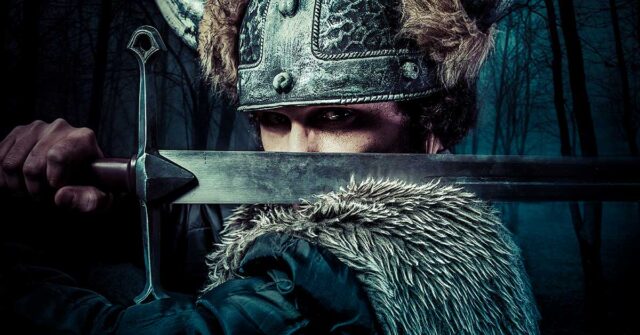

Skalds: The Poets of the Viking Age
Skalds were revered poets, often associated with courts and noble families. Their poetry was known for its intricate structure and metaphorical richness. It celebrated the deeds of kings and warriors alike and was a testament to their skill and creativity.
Legendary Heroes and Protagonists
Heroes like Sigurd the Dragon Slayer and Ragnar Lothbrok dominated Viking stories, exemplifying the values and ideals of the Norse people. Their tales, filled with bravery, love, and tragedy, continue to inspire generations.
Gods and Supernatural Beings
The Norse pantheon, with gods like Odin and Thor, played pivotal roles in many stories. Additionally, beings like elves, trolls, and the Norns added a layer of magic and mystery to the tales, creating a world where the mundane and the supernatural coexisted.
Popular Themes and Tropes
Viking tales, though diverse, often revolved around certain recurring themes and motifs that resonated deeply with their audience.
Battles and Bravery
The Viking Age was a time of conquest and exploration, and stories of battles, raids, and martial prowess were common. These tales not only glorified the bravery of warriors but also underscored the values of honor, loyalty, and sacrifice.
Love, Betrayal, and Revenge
The human emotions of love, jealousy, betrayal, and revenge were frequent plot drivers in Viking tales. These stories, often tragic, explored the depths of human relationships and the consequences of choices.
Mystical Realms and Journeys
Otherworldly journeys, whether to the land of the gods or the realms of the dead, featured prominently in Viking narratives. These tales were allegorical, symbolizing life’s challenges, spiritual quests, and the pursuit of knowledge.
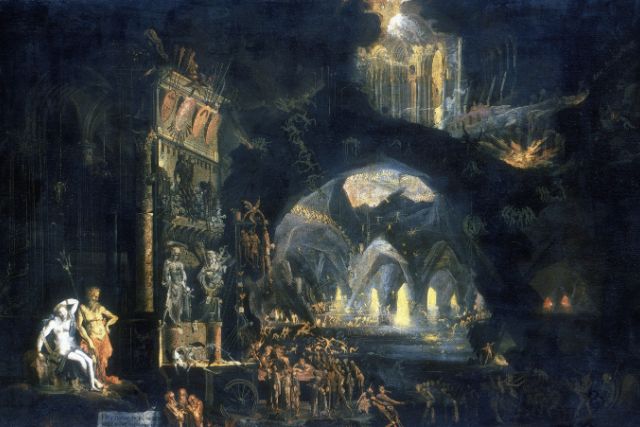

The Mediums and Modes of Delivery
While the content of Viking stories was captivating, the methods of their delivery added layers of depth and nuance to the tales.
Oral Performances and Recitations
Before the advent of written records, skalds and bards orally performed stories. These performances were dynamic, with the storyteller using gestures, voice modulations, and sometimes even music to enhance the narrative’s impact.
Runic Inscriptions and Symbols
Runes, the script of the Vikings, were often used to inscribe short messages, spells, or memorials. Though not a primary storytelling medium, runes sometimes captured snippets of tales or beliefs, providing insights into Viking narratives.


Manuscripts and Written Accounts
With the spread of Christianity and the advent of the written word, many Viking stories were penned down in manuscripts like the Prose Edda and the Sagas.
These texts preserved the narratives for posterity and allowed for a more detailed exploration of themes and characters.
Impact on Modern Literature and Culture
The echoes of Viking stories can be heard even today, influencing literature, cinema, and popular culture in myriad ways.
Inspiration for Modern Fantasy
Authors like J.R.R. Tolkien and George R.R. Martin have drawn heavily from Norse myths and sagas. The complex characters, intricate plots, and mythical elements of Viking tales have provided a rich reservoir for modern fantasy literature.
Reinterpretation in Contemporary Media
From movies and TV series like “Vikings” to video games such as “God of War”, Viking narratives have been reinterpreted and adapted for contemporary audiences, keeping their spirit alive while infusing them with modern sensibilities.
Viking Sagas in Popular Culture
Even today, Viking sagas are studied, retold, and celebrated. Festivals, reenactments, and even educational curricula often incorporate these tales, attesting to their enduring appeal and cultural significance.
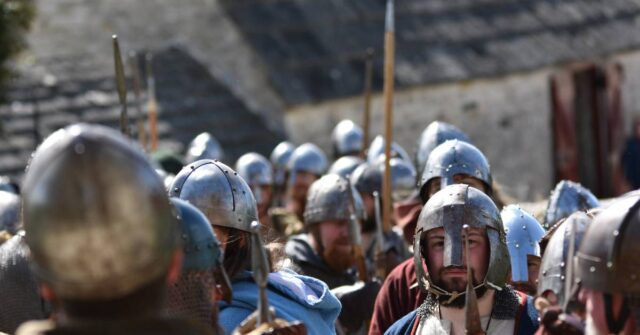

Conclusion: The Everlasting Legacy of Viking Narratives
The Viking storytellers, with their rich tapestry of tales, have left an indelible mark on the annals of world literature. These stories, brimming with heroism, romance, and mysticism, continue to captivate, educate, and inspire.
As we delve into their narratives, we not only traverse the world of the Vikings but also gain insights into the universality of human experiences and emotions.
Further Reading and Resources
For those enthralled by Viking tales and eager to delve deeper, numerous resources, from ancient manuscripts to modern interpretations, await.
Collections like the Poetic Edda, Heimskringla, and various sagas provide firsthand accounts, while scholarly articles, documentaries, and novels offer diverse perspectives and interpretations.








